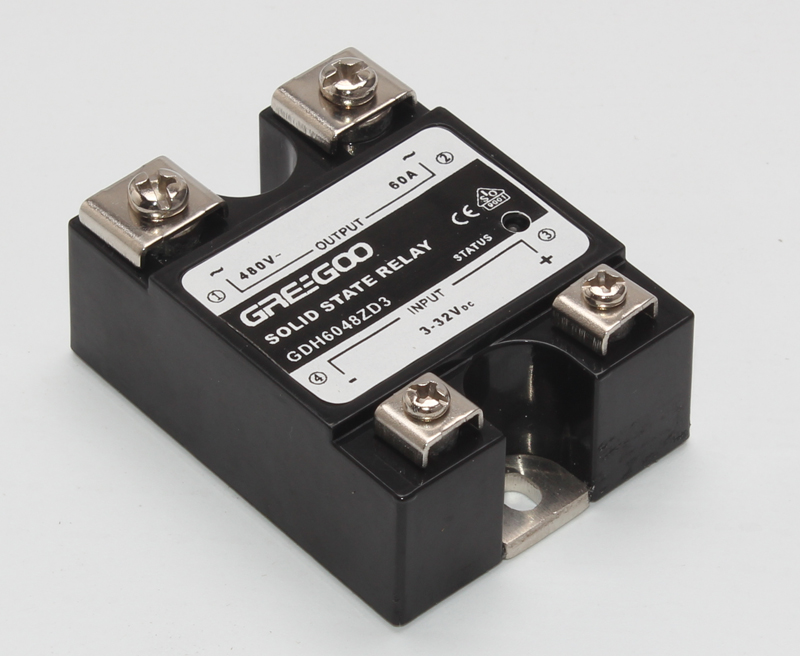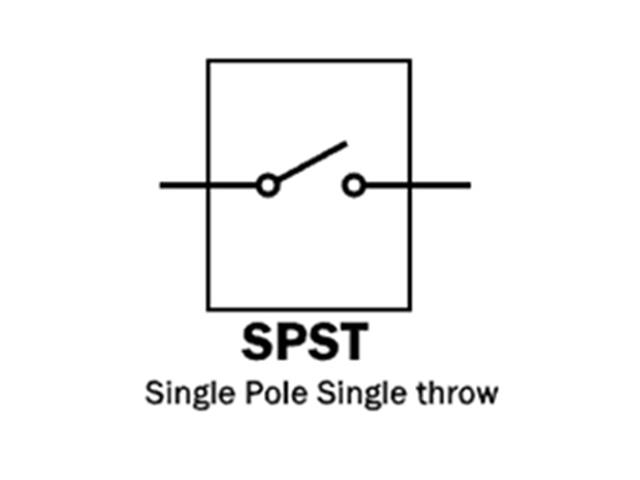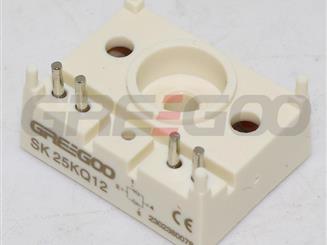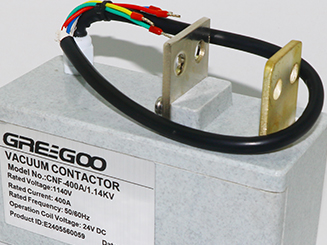𝑪𝒐𝒏𝒔𝒊𝒅𝒆𝒓𝒂𝒕𝒊𝒐𝒏𝒔 𝒇𝒐𝒓 𝑺𝒐𝒍𝒊𝒅 𝑺𝒕𝒂𝒕𝒆 𝑹𝒆𝒍𝒂𝒚𝒔 𝑺𝒆𝒍𝒆𝒄𝒕𝒊𝒐𝒏
✳️ When selecting a Solid State Relay, different allowances should be made in current ratings based on the nature of the load. For resistive loads, a 2-3 times higher load current can be selected. For inductive or capacitive loads, a 3-4 times higher load current can be selected.
✳️ Considering the relationship between load current and ambient temperature, if the ambient temperature is high or the heat dissipation conditions are poor, the current capacity should be increased. To prevent short circuits in the load circuit during use, it is required to connect a corresponding fast circuit breaker or fast fuse in series with this product.
✳️ For inductive loads, a varistor should be connected in parallel at the output to protect the thyristor from damage due to overvoltage. The selection of varistors (MOV) should be as follows: for 240V rating, select 430-470V; for 440V rating, select 680-750V; for 660V rating, select 1100-1200V. Alternatively, use AC overvoltage protectors produced by our company.
✳️ The input and output terminals are non-electrically isolated, so special attention should be paid to safety during use.
✳️ During installation, the contact surface between the heat sink and SSR relay must be flat and smooth. Apply a layer of thermal grease on its surface, and finally, tighten the screws with symmetrical flat washers and spring washers.


Differences Between Vacuum Relay, SPST-NC, STST-NO, SPDT, and DPDT Switches
SPST-NC, STST-NO, SPDT, and DPDT vacuum relay
Read More
Anti-parallel Thyristor Modules
Anti-parallel Thyristor Modules, Semikron Design, compact size, high reliability.
Read More
Function and Application of Fast Vacuum Contactor as Bypass Switch
Fast vacuum contactors, when used as bypass switches, are widely applied in scenarios requiring efficient power management and continuous power supply due to their fast switching and high reliability.
Read More
Greegoo's Arc Fault Circuit Interrupter (AFCI) detects arc faults and de-energizes the circuit before a fire can start, is coming soon.
Greegoo's combination AFCIs electronically identify unique current and voltage characteristics of all arc faults and de-energize the entire circuit when one occurs.
Read More













